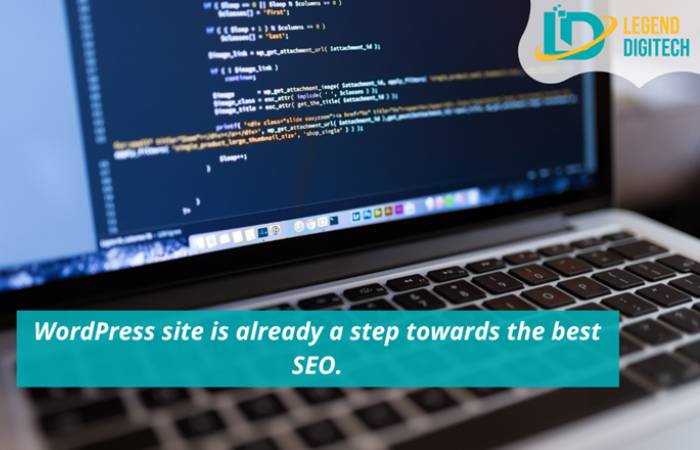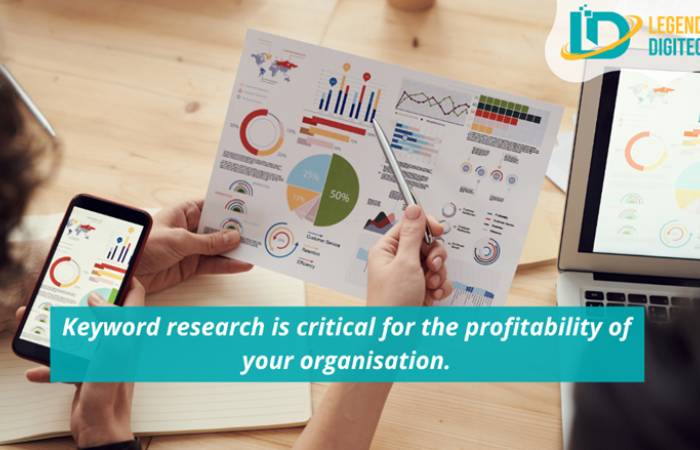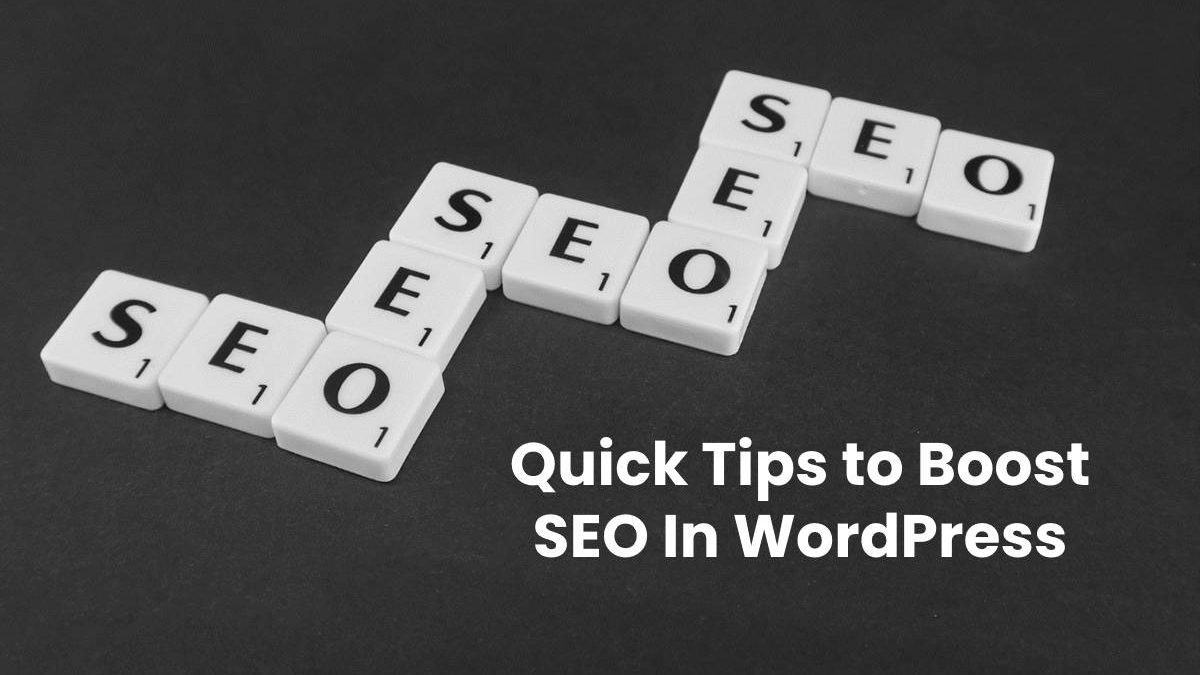Quick Tips to Boost SEO In WordPress
Envision you own a delightful coffee place in Boston. If somebody somehow happened to look “coffee near me [insert a local in Boston]” on Google, it’s almost certainly the case you’d believe your WordPress site should come up at the highest point of the list items.
Isn’t that so? Along these lines, individuals looking for a coffee place in Boston are bound to see your webpage, click on your data, and become clients (whether that is on the web or coming up).
Having your site show up at the highest point of a web search tools results page (SERP) is something you can accomplish assuming you invest some energy in your website streamlining.
The following text will provide you with 6 different ways to further develop your WordPress site’s SEO, help your natural traffic, and increment your clout on web search tools to get more guests and clients.
Table of Contents
1. Install YOAST SEO Plugin
The Yoast WordPress SEO Plugins are a collection of tools developed by Joost de Valk and his team, the creators of yoast.com and the WordPress think tank.
These devices are included in the Yoast Complete pack, which includes Video SEO for ranking moving with installed recordings in a WordPress site, WooCommerce SEO for the WP online business module, News SEO for rank moving in Google news, Local SEO for (as the name implies) ranking moving in nearby postings with more complete data so can be found (for example, Google Maps, a store finder, and so on), and Premium SEO for the WP online business module.

2. Keyword Strategy
Good keyword research can save you a lot of money, but it can also save you a lot of time. Keyword research is critical for ranking for several terms that can bring you a lot of traffic or increase the profitability of your organisation.
While searching for keywords, you need to think about two things:
• Volume
The search volume is the number of people looking for a particular term or expression over a given period. Remember that separating your business on the most frequently searched keyword might be challenging. That brings us to a second thought.
• Contest
For an organisation that has as of late sent off a site, positioning high-traffic watchwords might be troublesome. Search for catchphrases with a ton of traffic likewise low in rivalry. This interaction is alluded to as a “long tail” of SEO.
Apart from the keywords, there’re other aspects of SEO to follow, like utilizing google search console to index in google, submitting an XML sitemap to Google, page load speed, SSL certificate, and last but not least, linking building. Well, it’s just the tip of the iceberg. SEO is more complicated than you think; if you want to learn about it in detail, click the link here.

3. Title And Data Descriptions
Title labels and meta depictions can help you in raising your hunt’s active visitor clicking percentage or organic traffic and further developing your site rating. The page title, specifically, is obviously one of the main SEO components on each page of your site.
Anyway, what are page titles and Meta depictions, precisely? Both the page title and the meta depiction are instances of metadata. Metadata is a site code that isn’t noticeable while exploring through a page.
The title of a site page in Google list items is alluded to as the page title. In Google query items, the meta portrayal is the engaging language that shows up underneath the page title and URL of the site.
They help you in expanding traffic to your site by showing charming page titles and meta depictions in page and query items, which are bound to be tapped on.
4. Images
Images on your website might have an impact on how well it ranks in search engine results. Visual elements like featured photos, screenshots, graphs, and charts can help break up and explain your text.
Adding photos and graphics to your content, in other words, enhances your site in a variety of ways. Your photographs may appear in Google image search, resulting in more organic traffic to your website. Images assist search engine crawlers in determining the relevance of your postings. Content is more fascinating and enticing when it is visually enhanced.
To avoid causing your page load time to lag, keep your images in WordPress under 100 kilobytes. When uploading images, make sure to use the suitable image size. Huge graphics that are resized by the browser often increase the time it takes for a page to load.

Google now encourages the usage of high-resolution photographs, which is a terrific way to improve the look of your visual material. You might wish to consider replacing low-resolution photographs with high-resolution equivalents in some of your older content.
5. Google Search Console
Google Search Console is a free help that permits site proprietors, SEO experts, and engineers to perceive how their locales are performing on Google. How you might work on the look and feel of their site to draw in more significant rush hour gridlock.
Despite the fact that Google Search Console isn’t needed for your site to show up in natural list items, it helps you in observing and streamlining how Google creeps, lists, and presents your site to individuals.
Register your site area with Google Search Console to get data about Google slithers, how to correct missteps found during creeping, how to submit refreshed content to the Google file, how to screen search execution patterns, and how to follow inner and outside joins on your site.
6. XML Sitemap
The XML sitemap is a record and a rundown that advises Google about the items regarding your site. Each of the posts, pages, creators, classifications, and custom post sorts are shown. Just said, it makes it more straightforward for Google to creep through your site by deciphering the sitemap you submit.
In WordPress, utilize a similar Yoast SEO module. Click the ‘Highlights’ choice in the Yoast SEO General settings. To utilize the XML Sitemap highlight, click the question mark. Then, at that point, under ‘See the XML sitemap,’ select ‘See the XML sitemap.’

